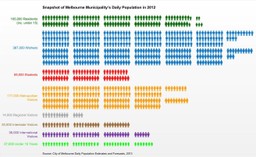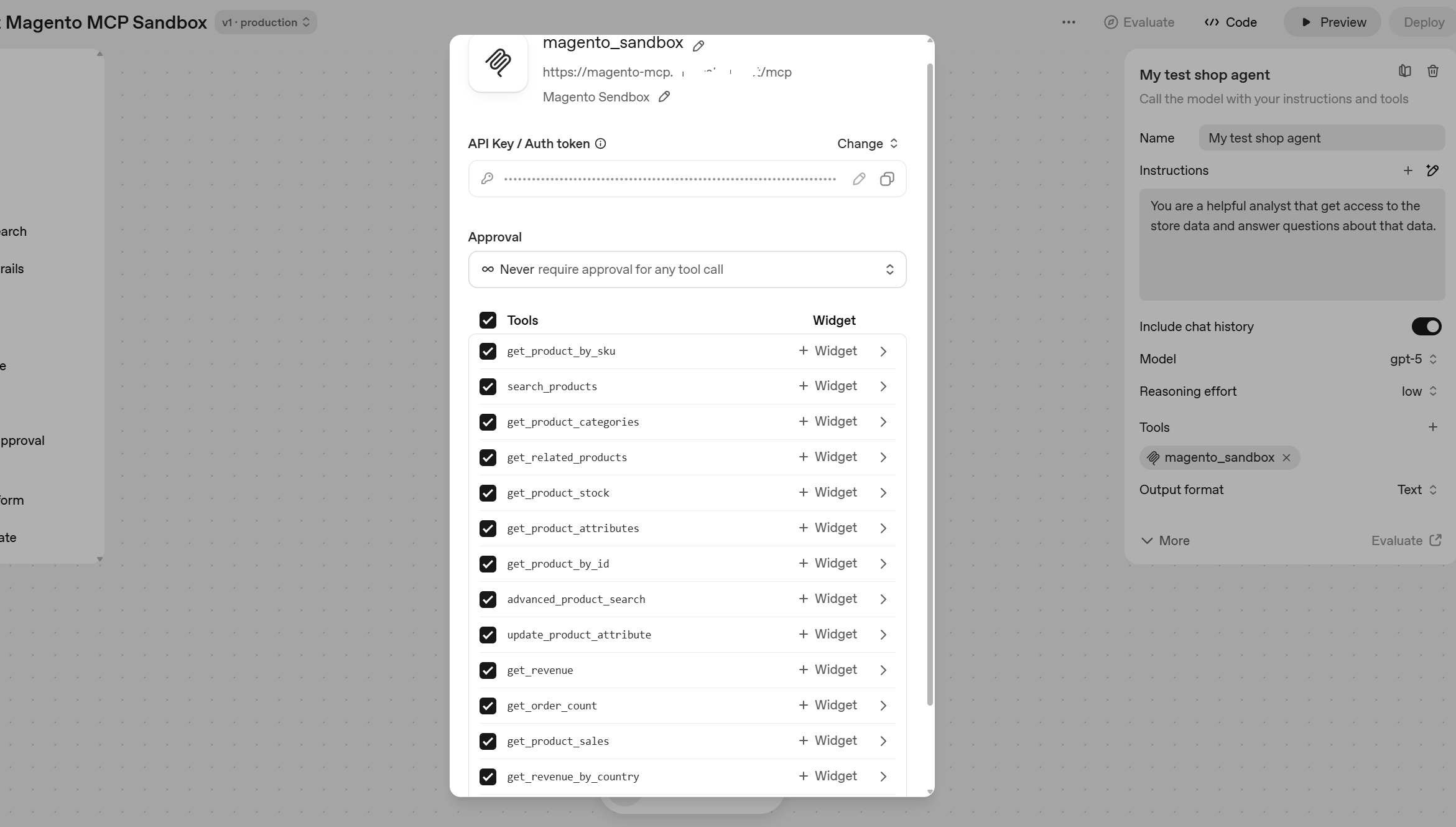Mystery of Melbourne online shoppers

Image credits – Diggeo
Recently number of sources reported astonishing figures about how much Melburnians spend online. The headlines shout:
- Melbourne Has Beaten Sydney Again, Buying More Online Than Any Other Australian City (Business Insider)
- Melbourne Online Shoppers Lead (Channel News)
- Melbourne: Australia’s Online Shopping Capital (Power Retail)
I was really puzzled by this news. If you don’t know what is Melbourne CBD – briefly it is an area of around 2.5 square kilometres with quite low resident population (just over 20,000 residents according Census data). This is less than 0.1% of Australian population. Let’s do simple calculations:
$358M (total national sales through eWay in August 2014) x 2% = $7M.
$7M/20K =$350 – online spent per person through eWay retailers only and for just one month.
That’s a lot, taking into account that for the whole year (12 months) ending August 2014 Australians spent $15B according last NAB report, which is equal to $54 per person per month. Quite a big difference with $350, 7 times (and again this is only for retailers that process payments via eWay)! How Melburnians can spend so much money? Maybe the people living there are extremely wealthy? Not exactly, from the same census data average weekly household income is around $1K, which isn’t incredibly high. So I was really puzzled.
How it is possible – the solution
I tried to find an original source (eWay report), but couldn’t, probably it was distributed to limited number of subscribers. So I did more searches, found an article on Internet Retail and had that a-ha moment: it starts “Workers and residents in Melbourne’s CBD continued to prove their love for shopping online last month”: eWay counted customers by delivery addresses, not where they actually live! That makes much more sense: according City of Melbourne website its daily population is 844,000. The infographic below shows who are included in that 844,000

Melbourne Daily population, 2013. Source – City of Melbourne official website. Click to the image to increase
You may notice that the number of residents is different from Census data, this is because here the whole Melbourne municipality included (with Southbank, Carlton and other areas). Anyway you may see that for each resident there are 4 workers in Melbourne and I bet that this ratio is actually higher for CBD. So the most of Melbourne online purchases were done buy people who work, not live in Melbourne CBD!
Main insight: Australians shop a lot from work
For me the main implication from this research is not that people in Melbourne are more active shoppers than people in Sydney (which still may be true), but that people shop (or at least order delivery) at work a lot, probably more than they openly admit. This is important to take into account designing your online stores, especially from user experience point of view. Assuming that online shopping isn’t something that really encouraged by employers, it is especially important to provide users with simple and efficient UX. So if you are running online store, I suggest:
- Check number of orders from CBD postcodes;
- Check the time when that orders were placed to separate delivery only to CBD from orders done in work time;
- Check the orders with different shipping and billing addresses;
- Check what devices are used for CBD work time orders. I suspect that the share of mobile devices will be especially high there;
- Check abandoned carts with CBD destinations;
- Analyse that data and if you find that you have significant number of work-shopping clients see what can you do to make ordering from work easier for them. Build the strategy around that and implement it.
Other things to consider may include checking your shipping service – I am sure that customers will not be happy to stay at work for even one hour longer than required to wait for an order and offering neutral packaging (if your clients don’t want to let all the office know what they ordered).





